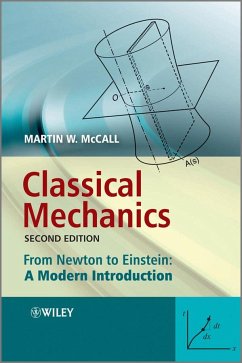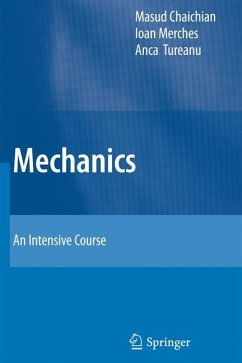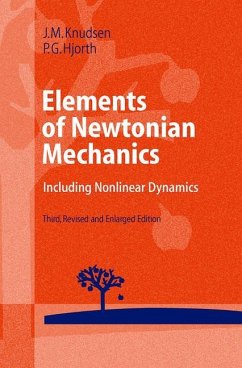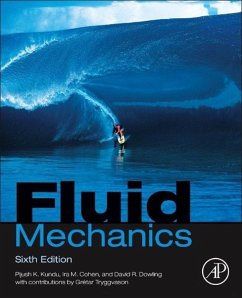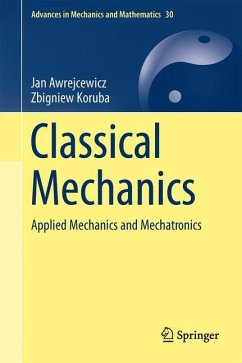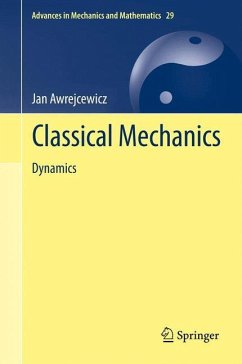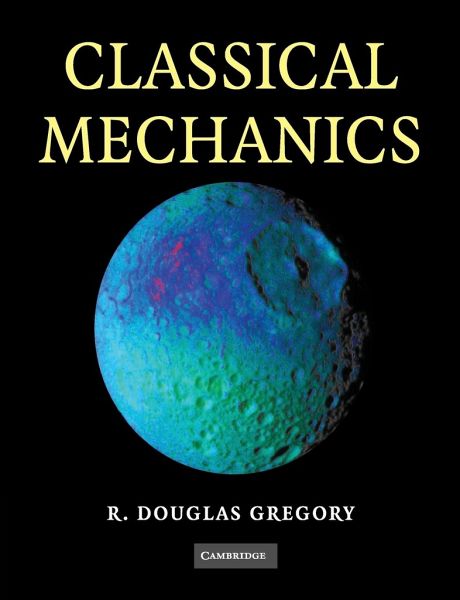
Classical Mechanics
Versandkostenfrei!
Versandfertig in 1-2 Wochen
79,99 €
inkl. MwSt.
Weitere Ausgaben:

PAYBACK Punkte
40 °P sammeln!
Gregory's Classical Mechanics is a major new textbook for undergraduates in mathematics and physics. It is a thorough, self-contained and highly readable account of a subject many students find difficult. The author's clear and systematic style promotes a good understanding of the subject: each concept is motivated and illustrated by worked examples, while problem sets provide plenty of practice for understanding and technique. Computer assisted problems, some suitable for projects, are also included. The book is structured to make learning the subject easy; there is a natural progression from...
Gregory's Classical Mechanics is a major new textbook for undergraduates in mathematics and physics. It is a thorough, self-contained and highly readable account of a subject many students find difficult. The author's clear and systematic style promotes a good understanding of the subject: each concept is motivated and illustrated by worked examples, while problem sets provide plenty of practice for understanding and technique. Computer assisted problems, some suitable for projects, are also included. The book is structured to make learning the subject easy; there is a natural progression from core topics to more advanced ones and hard topics are treated with particular care. A theme of the book is the importance of conservation principles. These appear first in vectorial mechanics where they are proved and applied to problem solving. They reappear in analytical mechanics, where they are shown to be related to symmetries of the Lagrangian, culminating in Noether's theorem.





